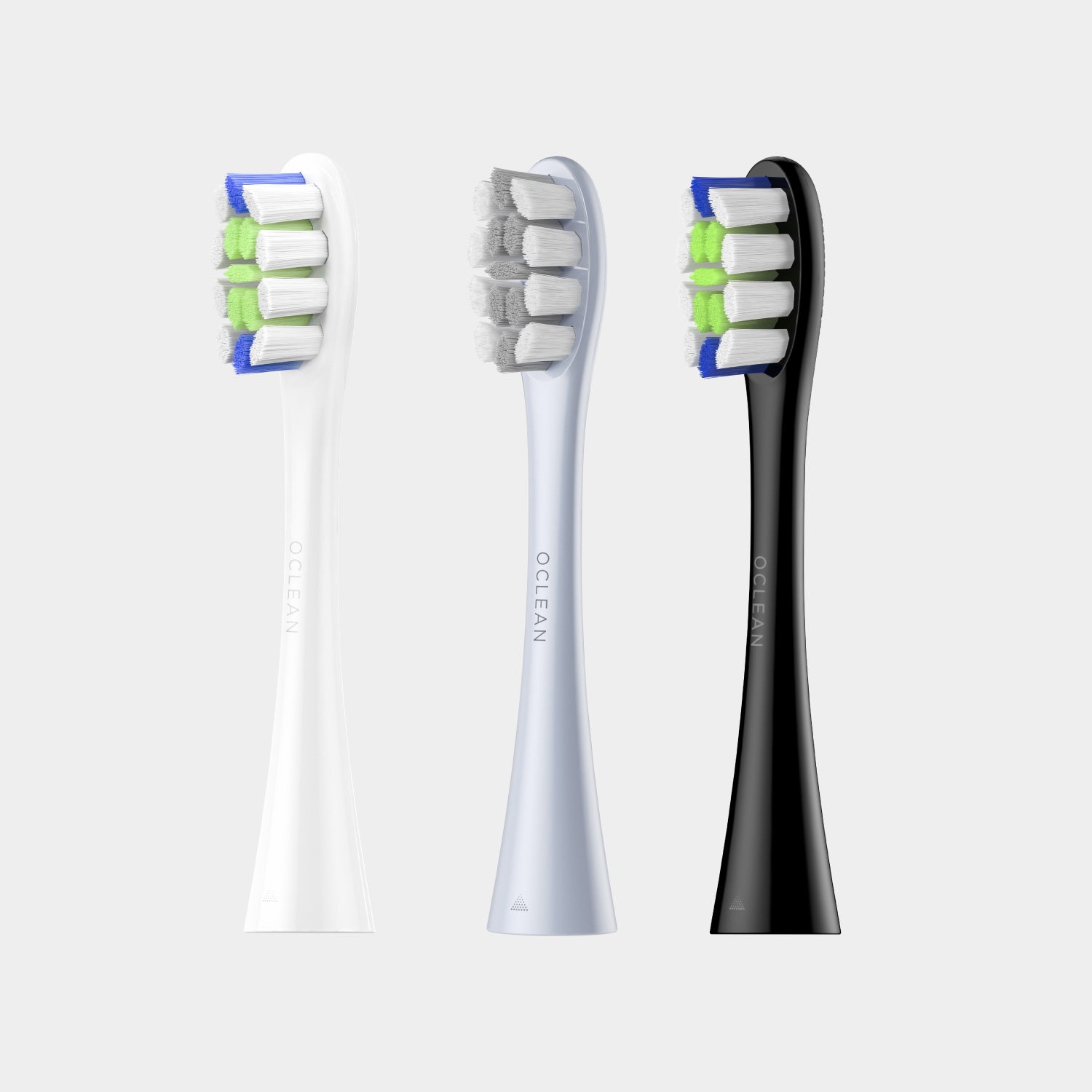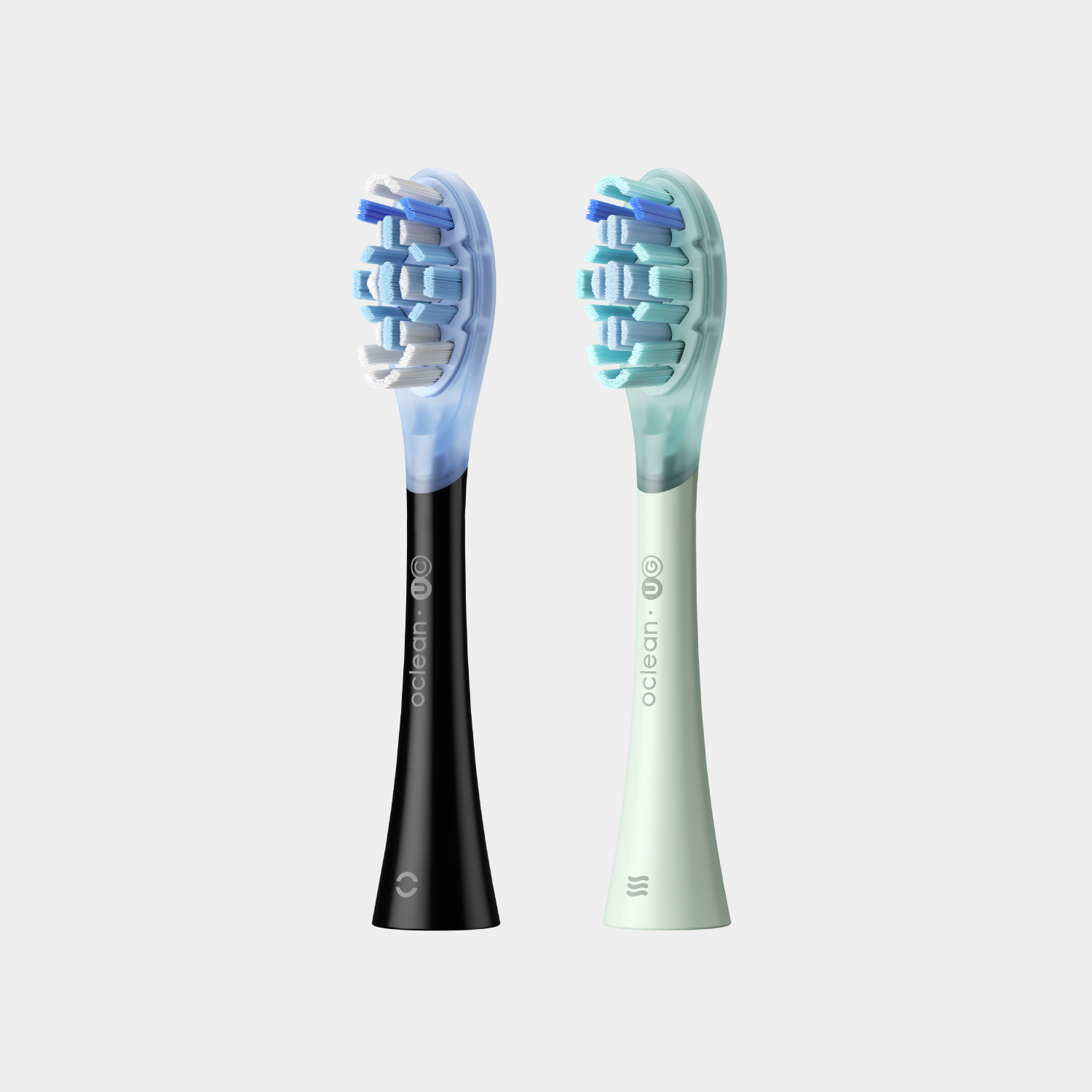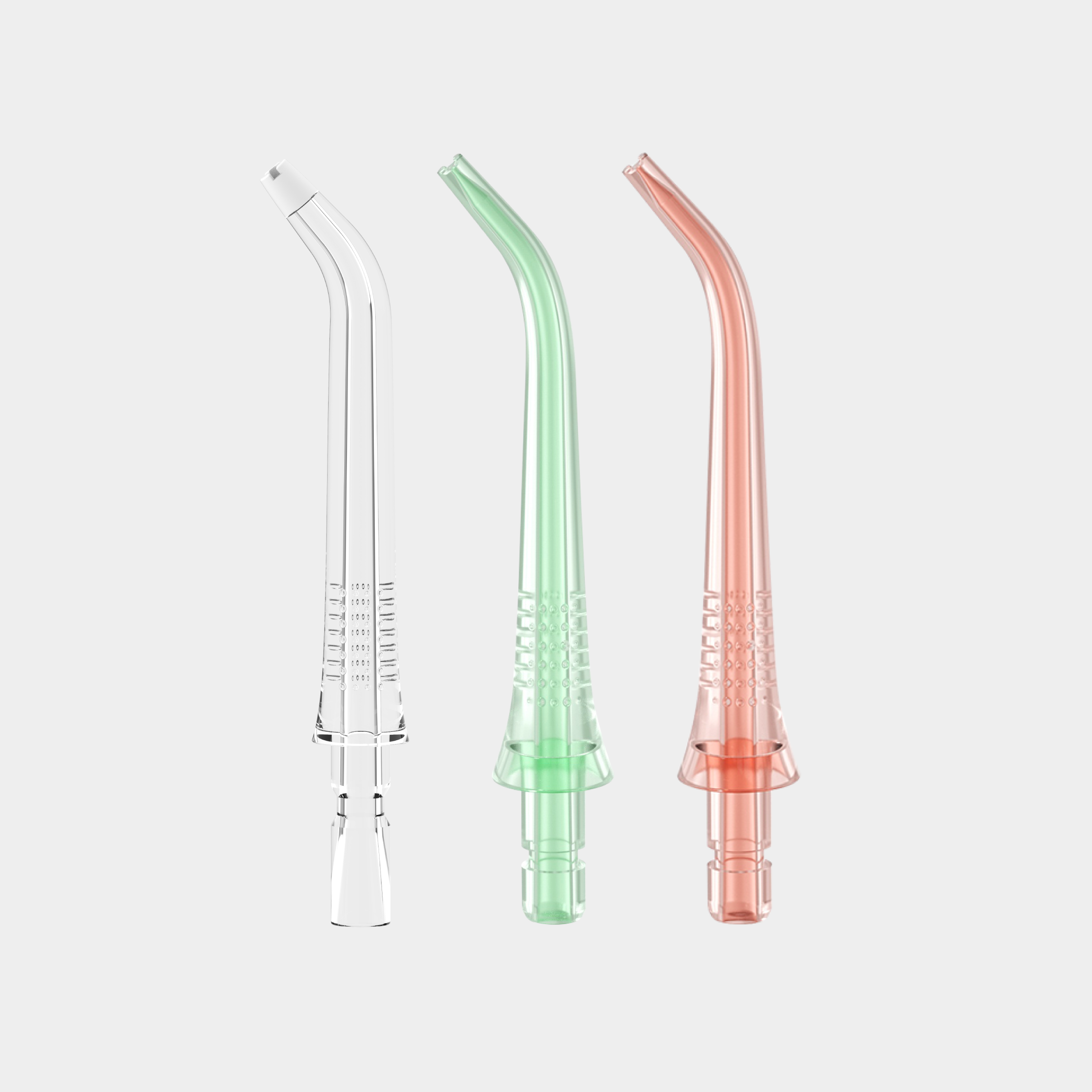The rate of bleeding gums in children is unimaginable. Many people think that bleeding gums occur in adults. In fact, according to the results of the Fourth National Oral Health Epidemiological Survey, the detection rate of bleeding gums in 12-year-old children nationwide is as high as 58%. We will take a look at how bleeding gums occur.
Why Are My Child’s Gums Bleeding?
Bleeding gums in children are primarily due to gingivitis. However, several factors cause gingivitis, including the following:
- Poor dietary habits, oral hygiene compliance, and incorrectbrushing methods.
- The anatomical and physiological factors of children's oral cavities.For example, children's gums are thin and prone to inflammation after bacterial infection or trauma. The neck of the deciduous teeth is narrowed, accumulatingfood residues on the edge of the gums, which stimulates them. During tooth replacement, the temporary irregularity of the dentition and the eruption of new teeth also make it difficult for food residues to be cleaned, stimulating the gums.
- The occurrence of eruption gingivitis. More specifically, when the teeth erupt, the child may touch the gums with fingers or bite toys, rubbing the gums and causing inflammation. Also, during the process of tooth eruption, the surrounding gums are not completely retractedandform a structure similar to a pocket. The edges of the pocket easily collect food residues, which are not easy to clean up and can lead to gingivitis.
- Mechanical stimulationthrough the improper selection ofa toothbrush and tough bristles causes gingivitis.
- Gingivitis can also be caused by badoral habits or malocclusion. For example, mouth breathing, crowded dentition,and poor cleaning affect the oral cavity.
How Can I Help Prevent Bleeding Gums?
Luckily, bleeding gums can be prevented. There are several methods to avoid bleeding gums, including the following:
- Guaranteed brushing times: Make sure to brush your teeth twice daily (once in the morning and once in the evening). After brushing your teeth at night, do not eat again.Also, the correct brushing methodis the arc brushing method.
- Use dental floss to clean the interproximal space between the teeth: It is difficult to brush the gap between the teeth. Many kindergarten children are most likely to get caries in the gap between the two front teeth. Use dental floss to clean between your teethand remove food particles and plaque. Flossing at least once a day to help your child clean between the teeth reducesthe chance of bacterial adhesion.
- Preventive scaling: It is recommended to do it once or twice a year to clean the plaque attached to the tooth surface. The tooth surface of children is primarily made of soft scale and pigment. The soft scale can be removed by polishing with a rubber cup. If there is tartar on the tooth surface, ultrasonic cleaning is required.
Key Takeaway
Bleeding gums are not uncommon in children and are often caused by gingivitis. However, with the proper oral health care measures and preventative techniques, gums can be kept healthy and pink!
Related Readings:
Can You Bring an Electric Toothbrush on a Plane
How Many Calories Are in Toothpaste
What Happens if You Swallow Toothpaste
Are Charcoal Toothbrushes Safe
*Cover image from Freepik@victoriafly, we will delete it if constitutes infringement *













































































